Kiss Red Dye #40 GOOD-BYE!
With Valentine’s Day upon us (and all the red food dye that comes with it), let’s talk about why you want to avoid that dye and how to substitute for it.
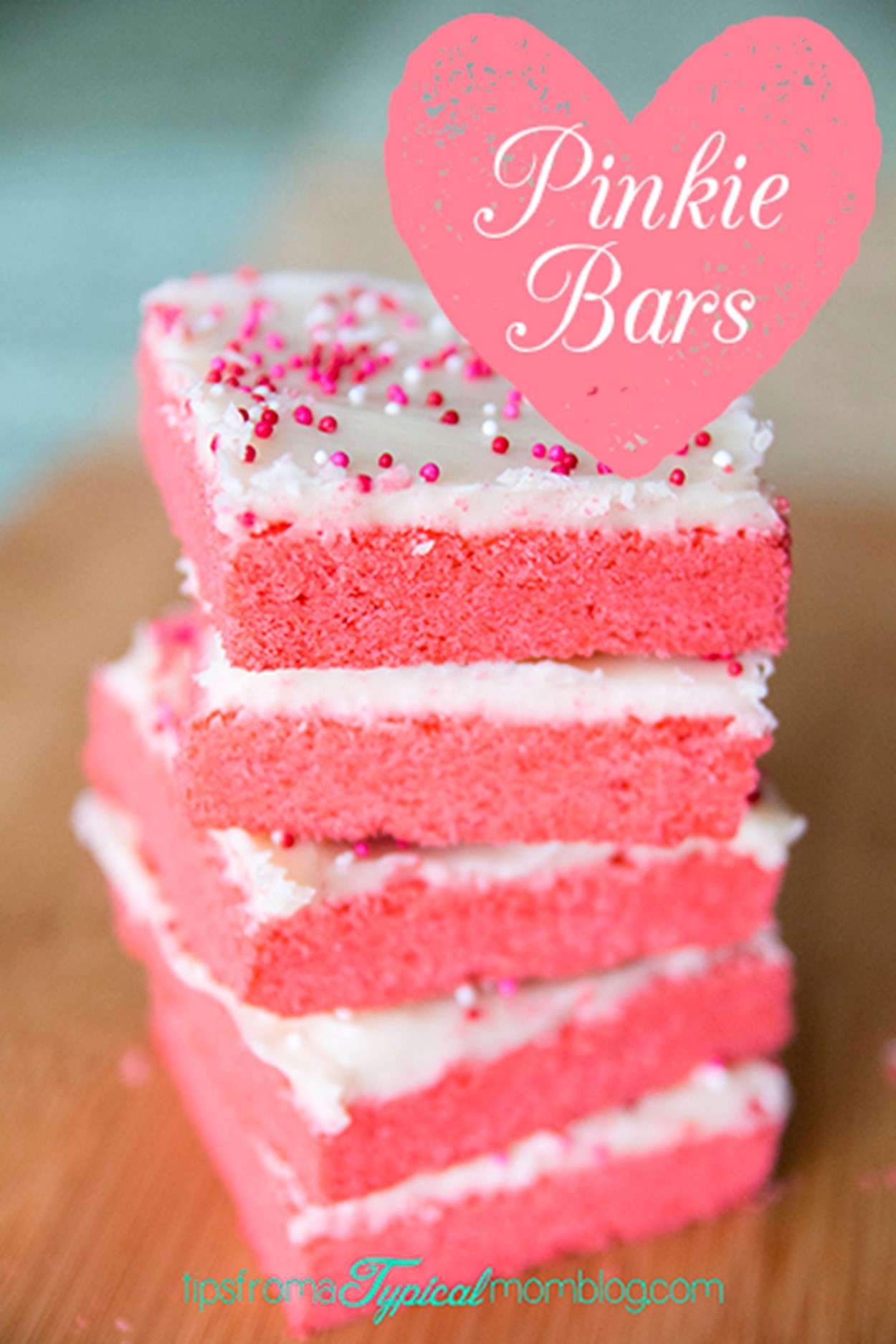
There is scientific research that shows this synthetic dye is bad for our health. Red Dye 40, made from petroleum, is one of the most widely used food dyes, as well as one of the most controversial. Laboratory studies have linked it to allergies, migraine, and mental disorders in children. However, this said, there are also studies that show in limited use, it’s negative effects are minimal.
Who ya gonna believe? I’d rather be safe and at peace over what I’m eating, so I always opt for the natural version of anything manmade. If you have similar leanings, then you may want to consider some natural and healthy alternatives to coloring your Valentine’s Day frostings and fillings.
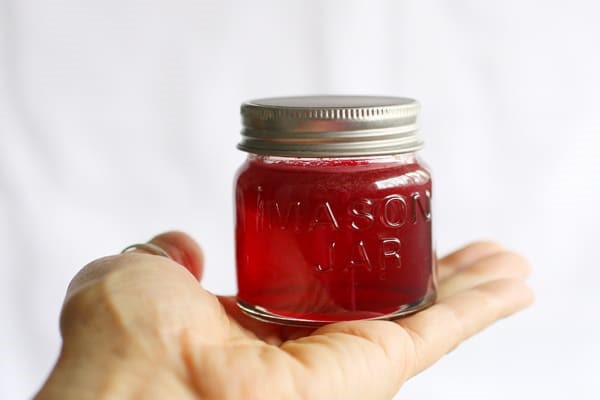
Red coloring isn’t hard to make and it won’t hurt you, your family, or any poor animal destined for a life in a lab. Bonus, it’s cheaper than buying the pre-made version too!
According to KD Angle-Traegner, author of the lovely site, www.yourdailyvegan.com, beet juice is the best choice for making red coloring because it will give you the most in-depth red color. KD says cherry juice will work just as well, but it’s more expensive.
To make red food coloring, just run one beet through a juicer and use the juice in the same way you would other synthetic dyes. There couldn’t be an easier way to kiss Red Dye #40 good-bye!
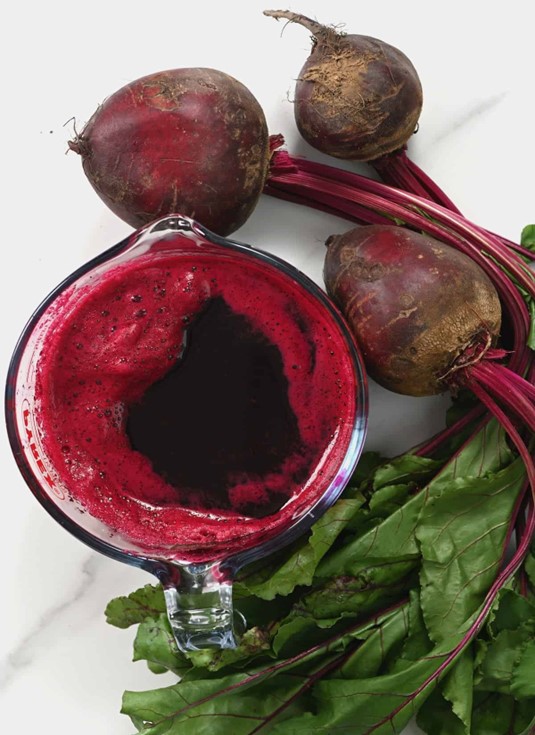
If you don’t have a juicer, no worries. Just wash and thoroughly scrub one organic beet. Next, place a paper towel over a large plate. You could use a thin, clean dishtowel as well but keep in mind that it will be stained red. Using a box grater, finely grate your beet onto the paper towel, taking care not to get any on the countertop. Once the beet is grated, gently pull the paper towel around the beets and squeeze the beet juice into a separate bowl. (You might want to use disposal food-grade gloves for this job.) Easy peasy.
KD says she likes to mix the beet juice three parts beet juice to one part apple juice to help sweeten the taste of the red coloring. This way you won’t end up with an underlying beet flavor in your pretty red foods. After some experimenting, she’s found that red apples are the better choice for use in food colors because of their sweetness, although green ones would work as well.
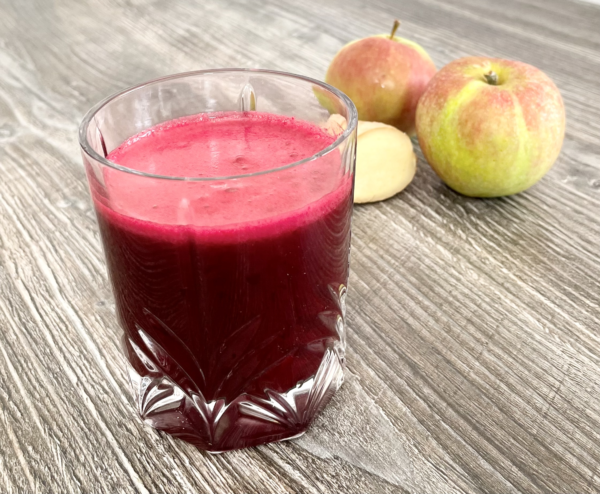
It needs to be said that you don’t need to sweeten your beet juice to use it as food coloring. In fact, using straight beet juice will give you a darker, more vivid red color. Plus, as KD reminds us, beet juice doesn’t taste awful.
But it’s nice to have options—sweetened or unsweetened. Choose the method that will best match the recipe you’re using it in.
Speaking of recipes, I’ll conclude with “Happy Valentine’s Day!” and a very nice recipe for a pink buttercream frosting that would be perfect for your Valentine’s Day cupcakes, sugar cookies, or Red Velvet Cake. This comes to us courtesy of Jess, of www.jessfuel.com.
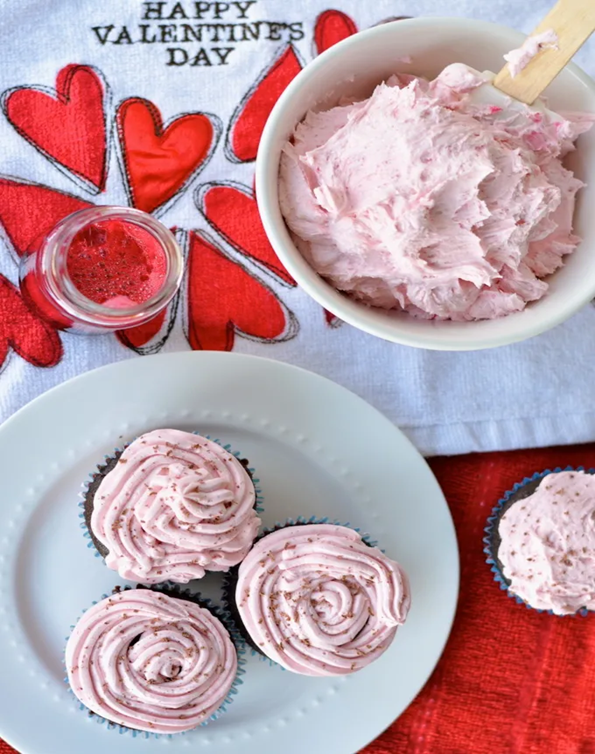
1 1/2 sticks butter at room temperature
3 cups powdered sugar
2 teaspoons vanilla extract
1 tablespoon milk (Alice prefers cream or helf 'n half)
1/2 to 1 teaspoons beet juice
Directions:
Add Recipe to Cook'n

There is scientific research that shows this synthetic dye is bad for our health. Red Dye 40, made from petroleum, is one of the most widely used food dyes, as well as one of the most controversial. Laboratory studies have linked it to allergies, migraine, and mental disorders in children. However, this said, there are also studies that show in limited use, it’s negative effects are minimal.
Who ya gonna believe? I’d rather be safe and at peace over what I’m eating, so I always opt for the natural version of anything manmade. If you have similar leanings, then you may want to consider some natural and healthy alternatives to coloring your Valentine’s Day frostings and fillings.

Red coloring isn’t hard to make and it won’t hurt you, your family, or any poor animal destined for a life in a lab. Bonus, it’s cheaper than buying the pre-made version too!
According to KD Angle-Traegner, author of the lovely site, www.yourdailyvegan.com, beet juice is the best choice for making red coloring because it will give you the most in-depth red color. KD says cherry juice will work just as well, but it’s more expensive.
To make red food coloring, just run one beet through a juicer and use the juice in the same way you would other synthetic dyes. There couldn’t be an easier way to kiss Red Dye #40 good-bye!

If you don’t have a juicer, no worries. Just wash and thoroughly scrub one organic beet. Next, place a paper towel over a large plate. You could use a thin, clean dishtowel as well but keep in mind that it will be stained red. Using a box grater, finely grate your beet onto the paper towel, taking care not to get any on the countertop. Once the beet is grated, gently pull the paper towel around the beets and squeeze the beet juice into a separate bowl. (You might want to use disposal food-grade gloves for this job.) Easy peasy.
KD says she likes to mix the beet juice three parts beet juice to one part apple juice to help sweeten the taste of the red coloring. This way you won’t end up with an underlying beet flavor in your pretty red foods. After some experimenting, she’s found that red apples are the better choice for use in food colors because of their sweetness, although green ones would work as well.

It needs to be said that you don’t need to sweeten your beet juice to use it as food coloring. In fact, using straight beet juice will give you a darker, more vivid red color. Plus, as KD reminds us, beet juice doesn’t taste awful.
But it’s nice to have options—sweetened or unsweetened. Choose the method that will best match the recipe you’re using it in.
Speaking of recipes, I’ll conclude with “Happy Valentine’s Day!” and a very nice recipe for a pink buttercream frosting that would be perfect for your Valentine’s Day cupcakes, sugar cookies, or Red Velvet Cake. This comes to us courtesy of Jess, of www.jessfuel.com.

Natural Pink Butterccream Frosting
Yield: approximately 3 cups frosting
Ingredients:
1 1/2 sticks butter at room temperature
3 cups powdered sugar
2 teaspoons vanilla extract
1 tablespoon milk (Alice prefers cream or helf 'n half)
1/2 to 1 teaspoons beet juice
Directions:
1. Using an electric or stand mixer, beat butter until light and fluffy
2. Add the powdered sugar, one cup at a time, and beat until well incorporated.
3. Add the vanilla extract and milk, and beat until combined.
4. Add the beet juice until the desired color is reached and frosting is light and fluffy. (You may need to scrape down the sides of the bowl.)
NOTE: White vanilla will yield a truer pink color.
2. Add the powdered sugar, one cup at a time, and beat until well incorporated.
3. Add the vanilla extract and milk, and beat until combined.
4. Add the beet juice until the desired color is reached and frosting is light and fluffy. (You may need to scrape down the sides of the bowl.)
NOTE: White vanilla will yield a truer pink color.
Recipe formatted with the Cook'n Recipe Software from DVO Enterprises.
 Alice Osborne
Alice Osborne
Weekly Newsletter Contributor since 2006
Email the author! alice@dvo.com
